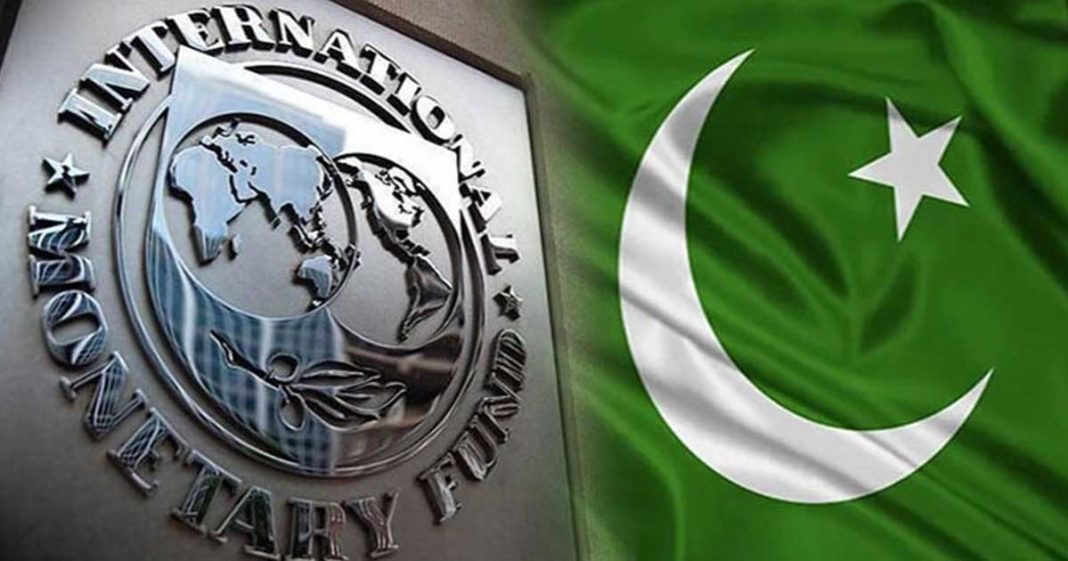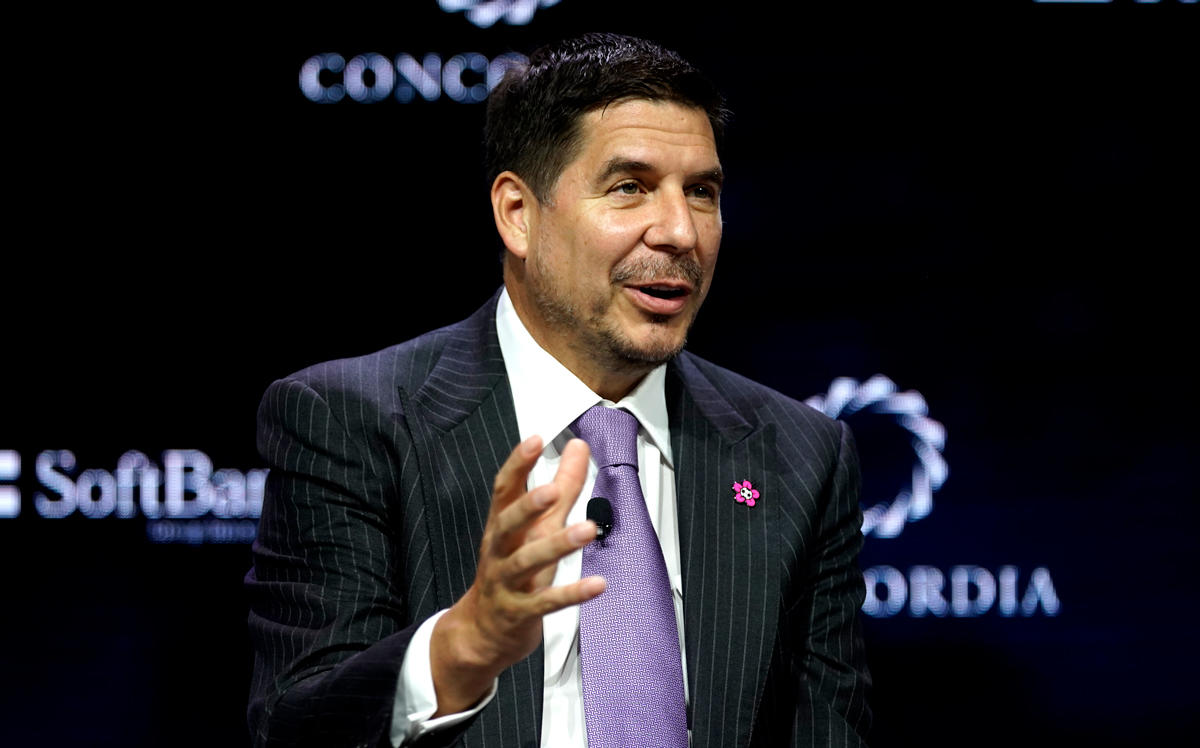Pakistan removes its stranglehold on the currency and increases gasoline costs. The struggling nation seems to be making the unfavorable choices required to obtain a $6.5 billion International Monetary Fund (IMF).
The rupee fell to 270 per dollar on Monday from an earlier high of 291.5 per dollar. In the meantime, one of the IMF’s requirements for the loan was that the currency be more market-determined. In anticipation of the arrival of the IMF team on Tuesday for a loan review after months of delay over the next tranche, the government hiked gasoline prices to record highs over the weekend.
Major headwinds to Pakistan’s economy
Pakistan is sliding into economic turmoil as its currency reserves diminish and inflation rises. Prime Minister Shehbaz Sharif’s need to obtain funding from the IMF intensified as a result. With reserves down to $3.7 billion, and less than one month of import cover, the nation severely requires funds.
After a delay in implementing key decisions, Sharif’s coalition government has indicated its intention to complete the bailout plan. However, just months away from national elections, this means paying a political cost. The country’s economic officials, headed by Finance Minister Ishaq Dar, will have to persuade the IMF that the nation is prepared to carry out additional tough steps, such as increasing taxes and gas costs.
Markets all around are facing a serious dilemma
The grip on currencies by frontier markets seeking IMF financing is becoming stronger. Their current-account balances will improve because of this. Egypt has devalued for the third time in less than a year this month. According to an analysis by Ankur Shukla, a Mumbai-based analyst, Bloomberg Economics’ calculations predict that the rupee will stabilize at 266 per dollar.
The decision of money exchange businesses to abolish the dollar-rupee rate cap on the open market in Pakistan triggered the rupee’s decline this month. When people turned to the black market, dollars supply among onshore money-changing operations dried up. The dollar was being offered at prices that were 10% higher than advertised.
















